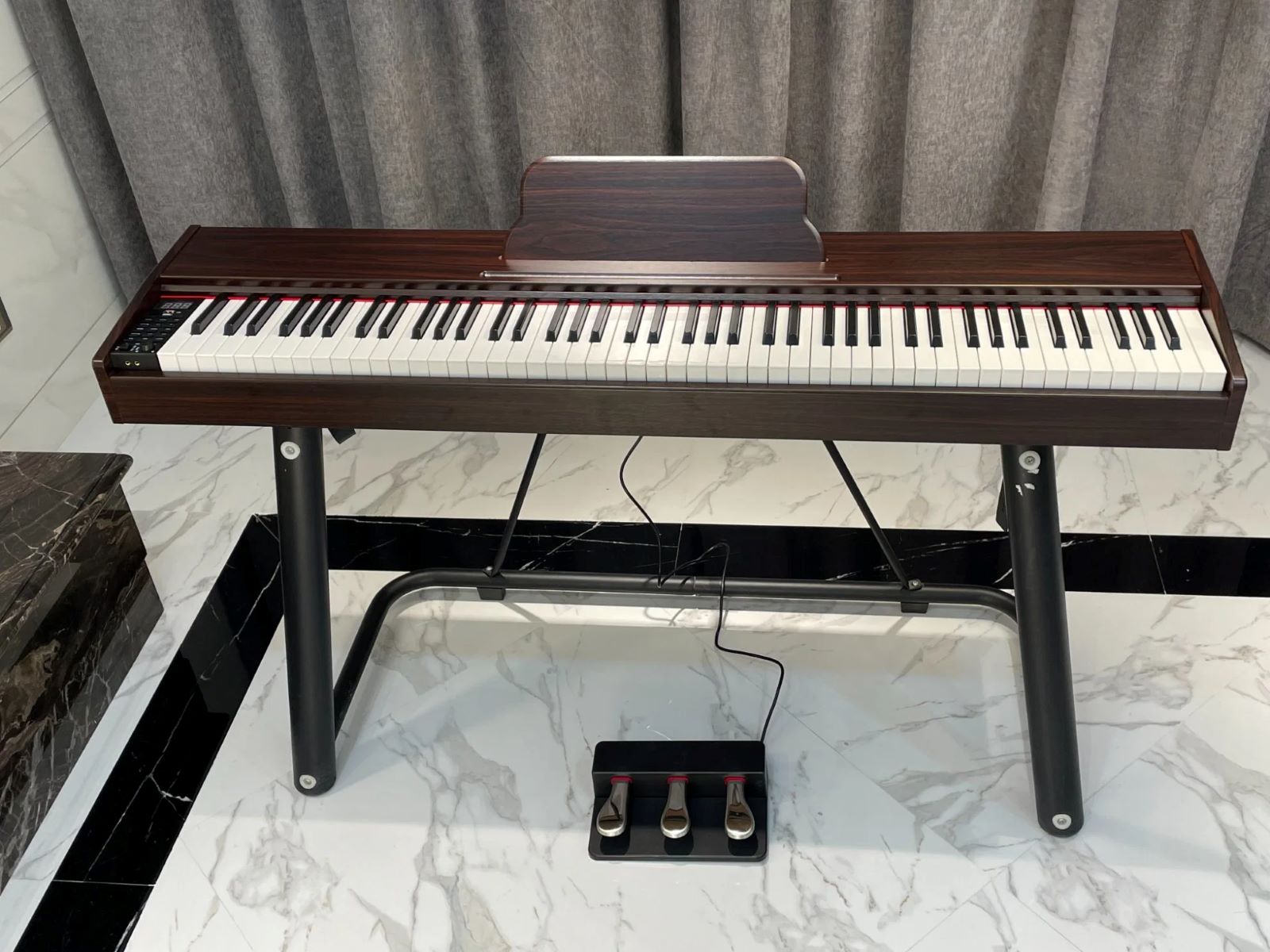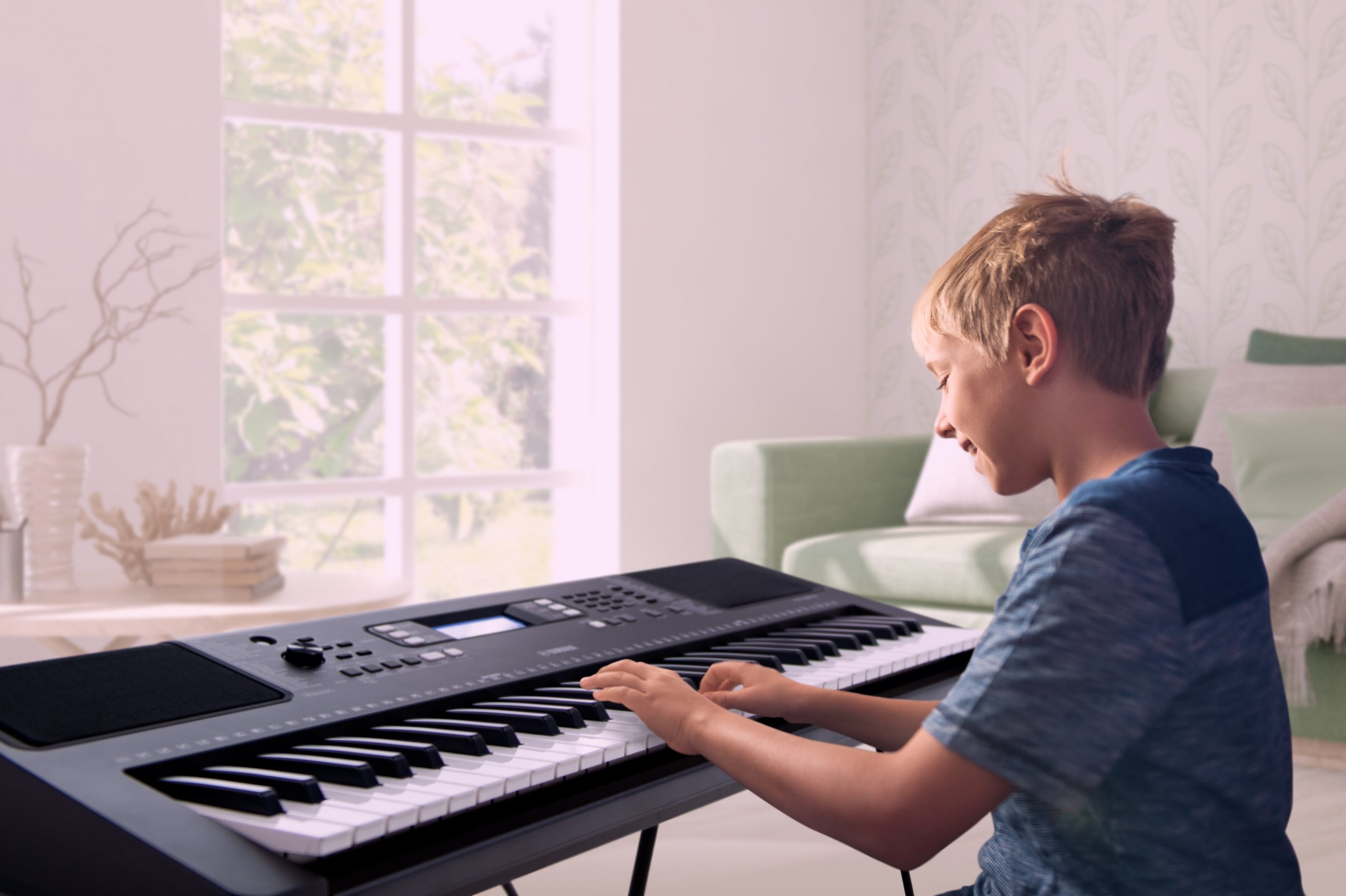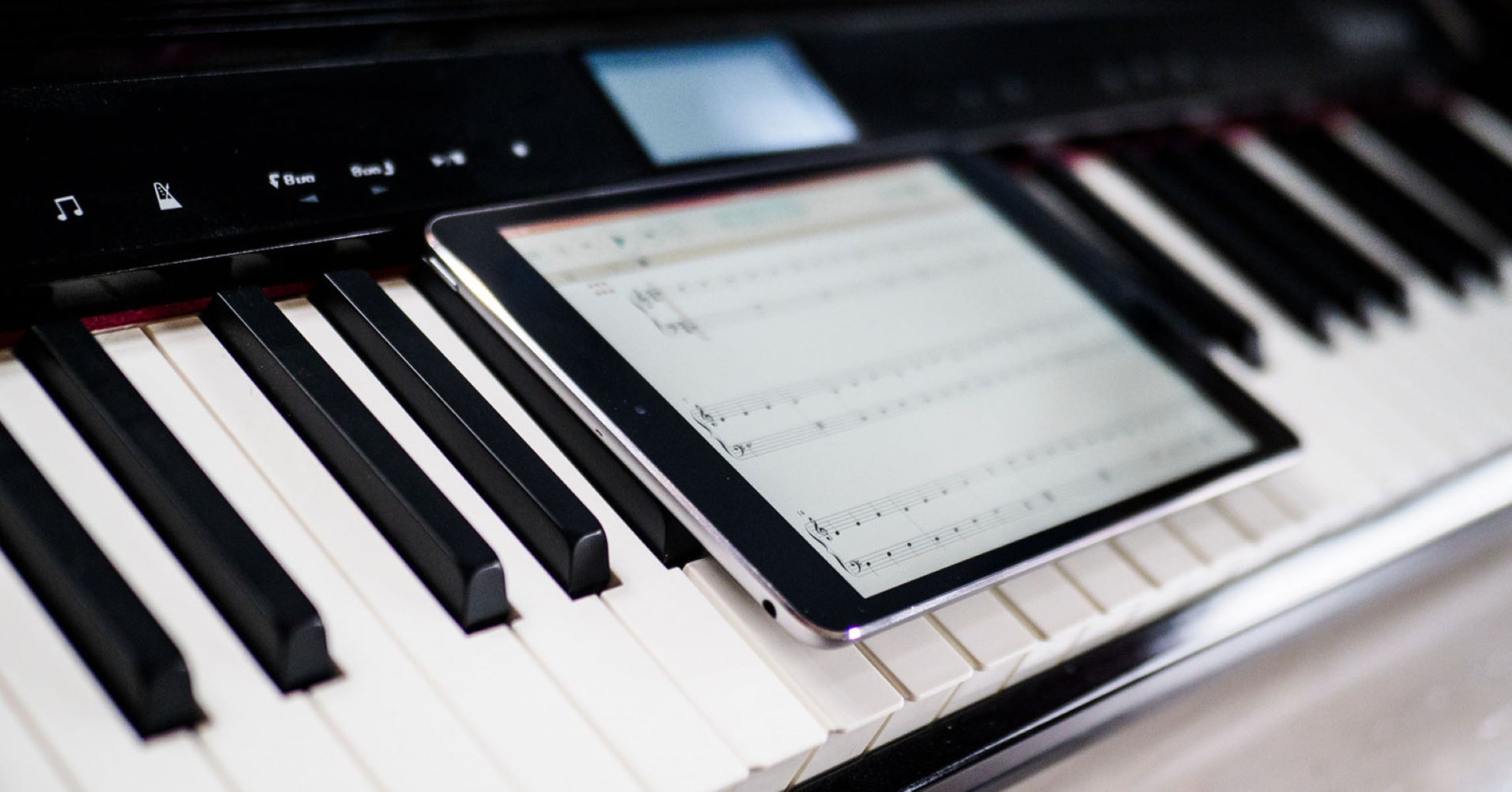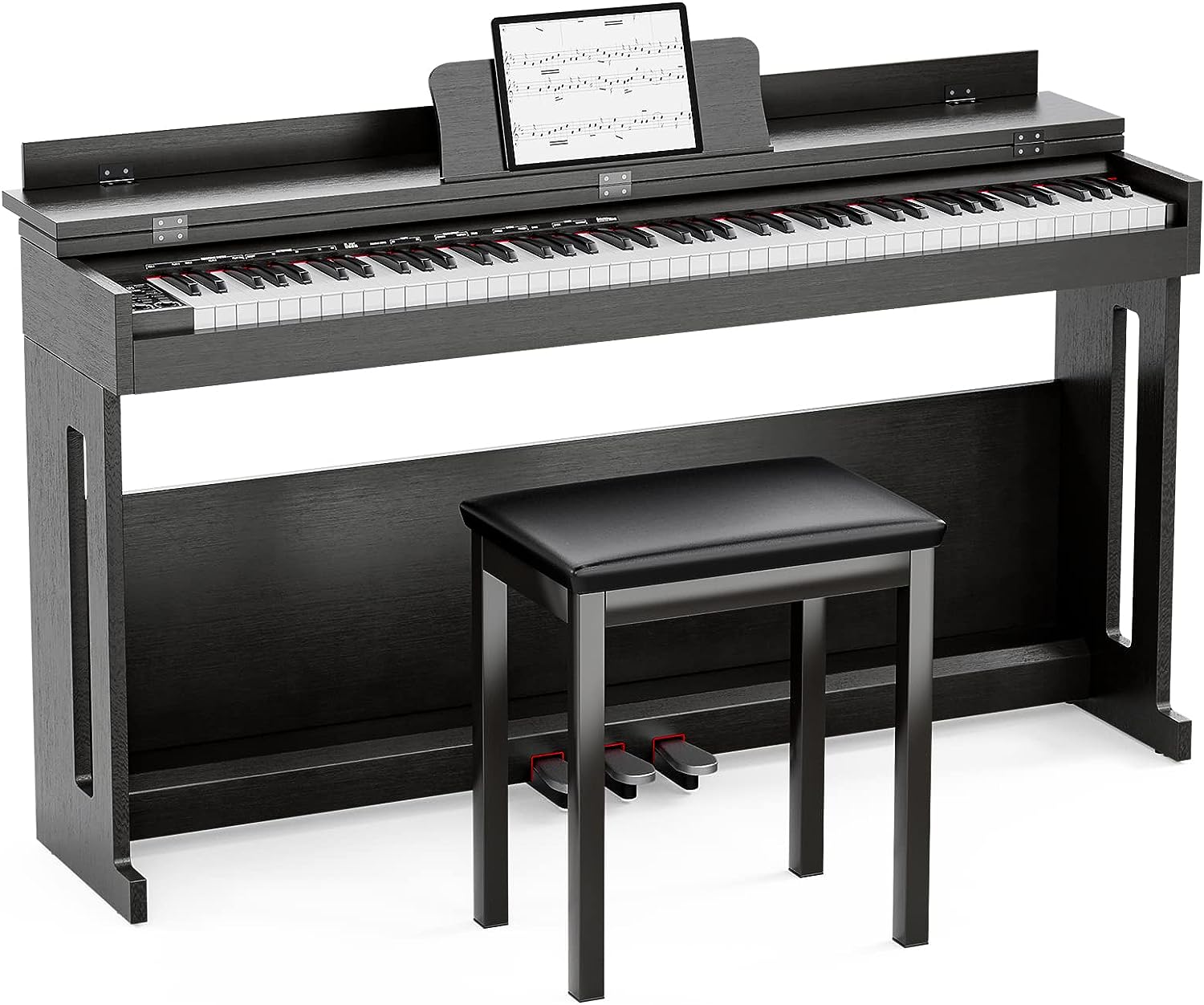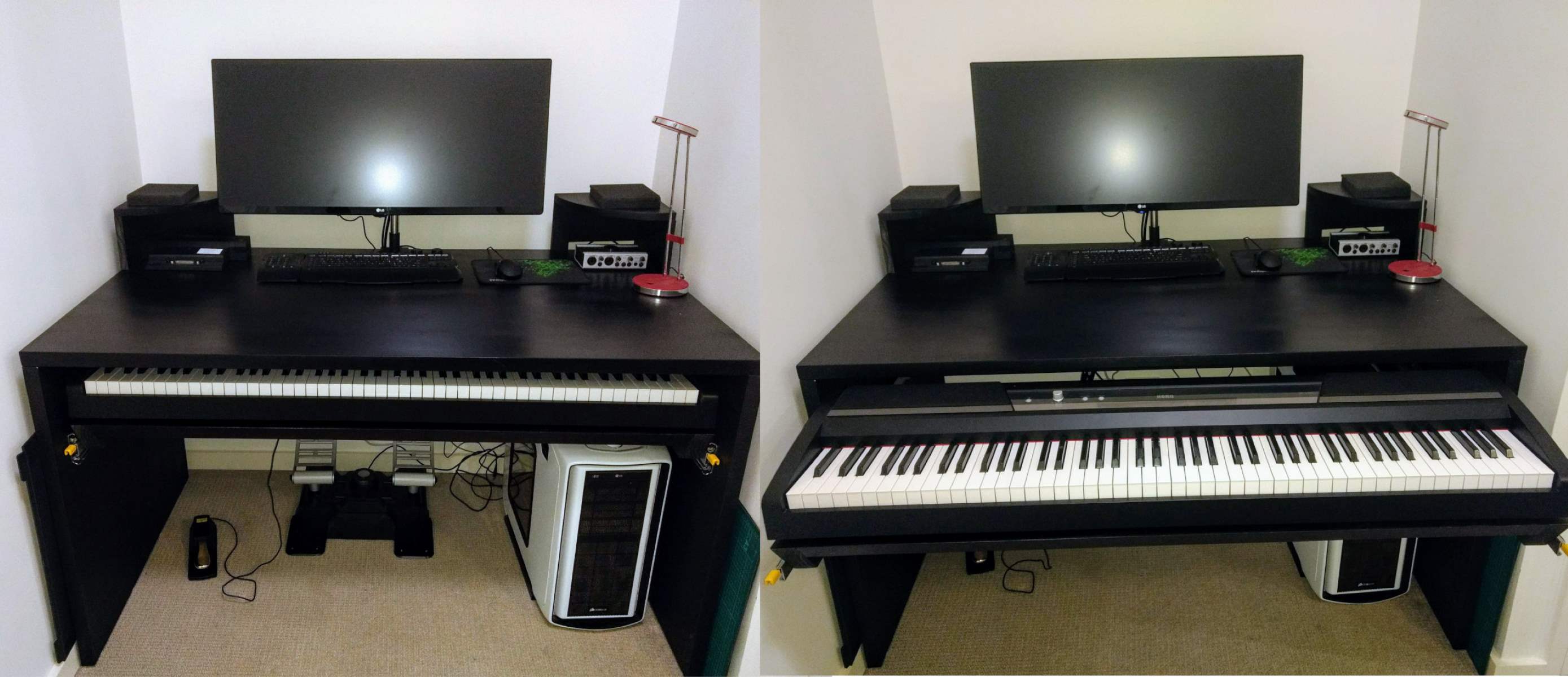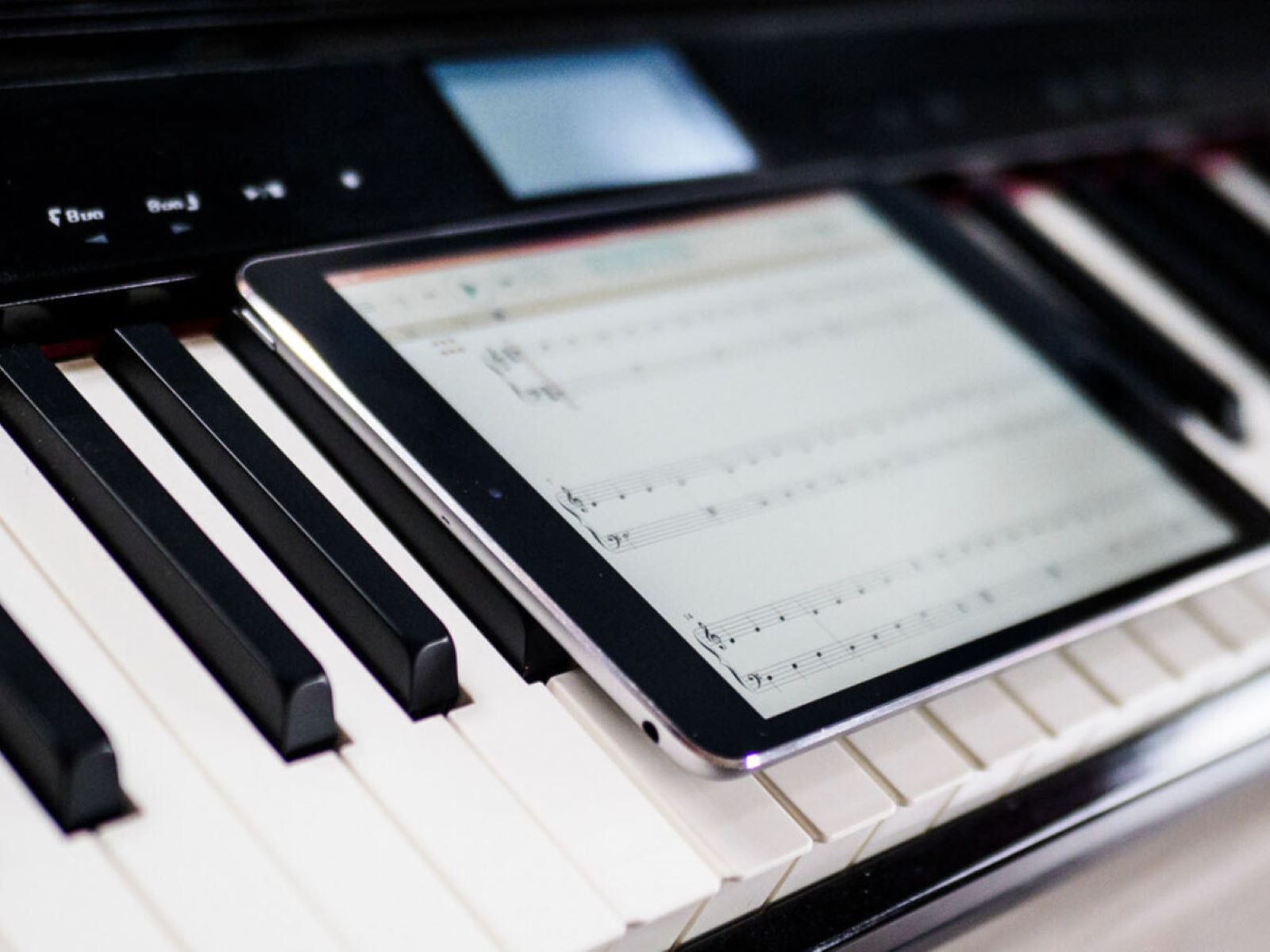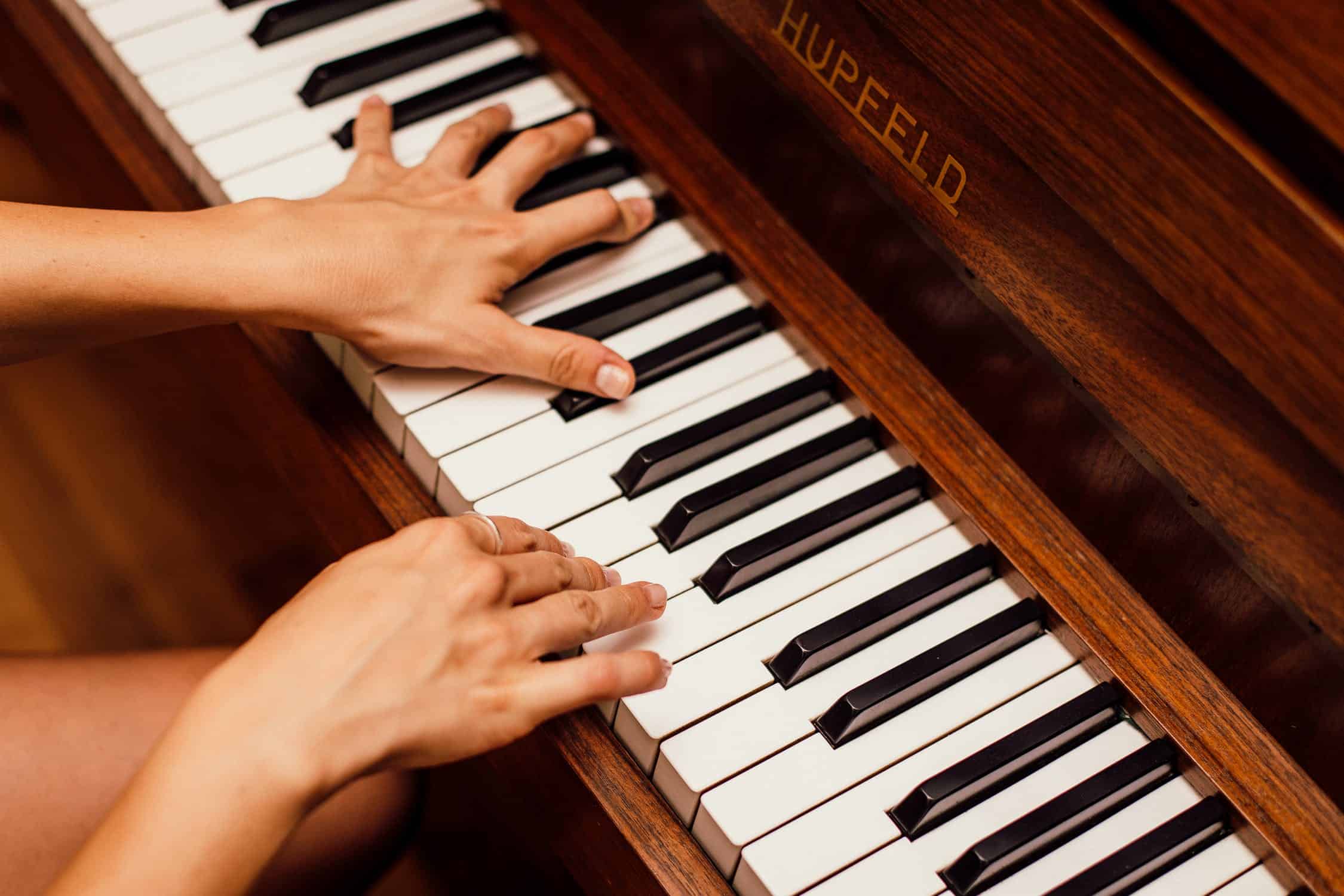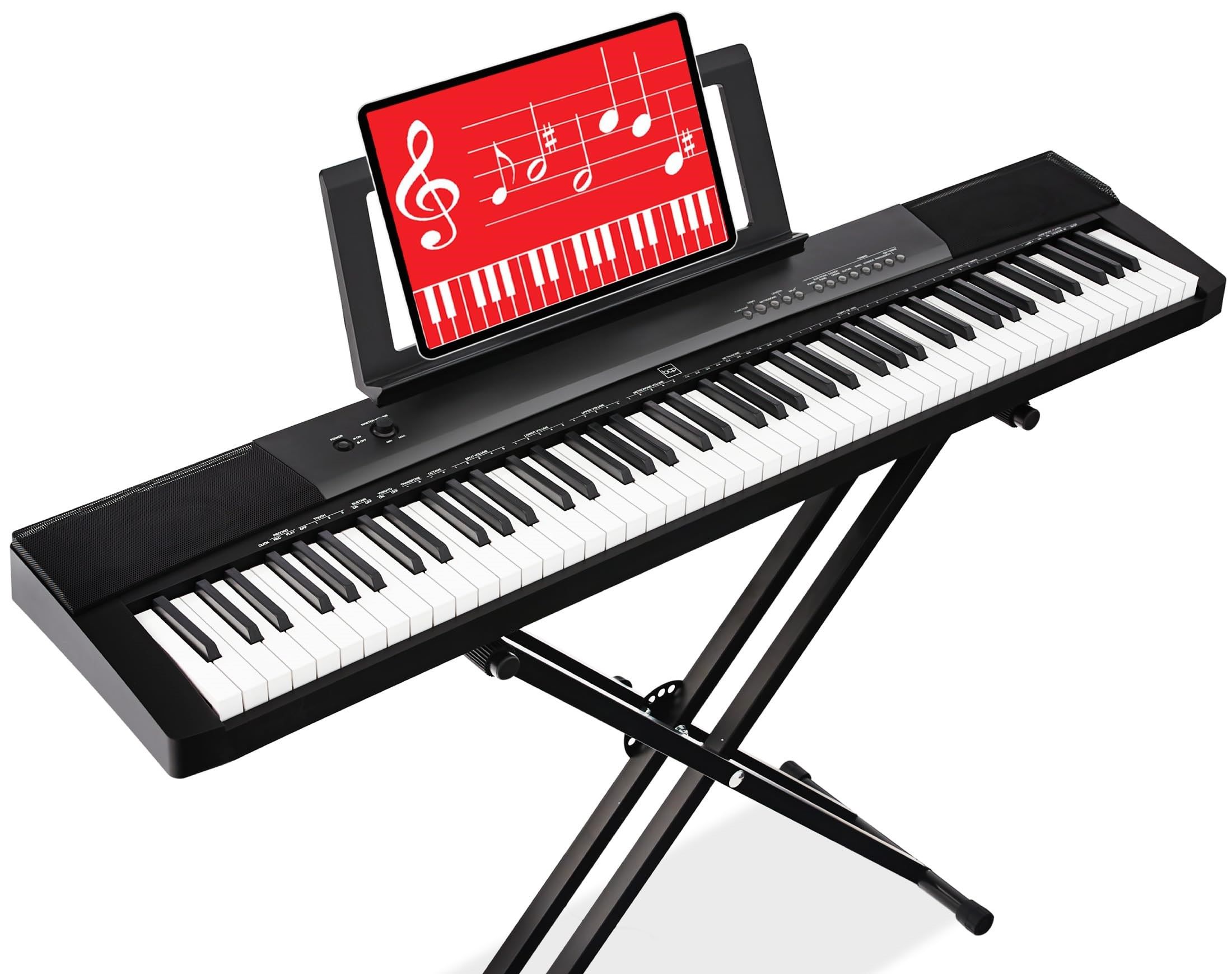Introduction
Introduction
Digital pianos have revolutionized the way we experience music, offering a blend of classic artistry and modern technology. One of the fundamental aspects of a digital piano is its key count, which significantly influences the instrument's versatility and playability. Understanding the key count of a digital piano is essential for both aspiring musicians and seasoned players, as it directly impacts the range of notes and expressive capabilities of the instrument.
The key count of a digital piano is a defining characteristic that sets it apart from traditional acoustic pianos. While acoustic pianos typically feature 88 keys, digital pianos come in a variety of key counts, each catering to different musical preferences and performance needs. In this article, we will delve into the significance of key count in digital pianos, exploring the standard key count, variations in key count, and important considerations for selecting the ideal key count based on individual requirements and musical aspirations.
Understanding the key count of a digital piano is crucial for making an informed decision when purchasing an instrument. Whether you are a classical pianist seeking the familiar feel of an acoustic piano or a contemporary musician looking for innovative features and portability, the key count plays a pivotal role in shaping your musical journey. Let's embark on a captivating exploration of the key count in digital pianos, uncovering its nuances and implications for musicians across diverse genres and skill levels.
Standard Digital Piano Key Count
Standard Digital Piano Key Count
Traditionally, acoustic pianos are equipped with 88 keys, comprising 52 white keys and 36 black keys. This standard key count spans seven octaves and three additional notes. When it comes to digital pianos, the majority adhere to this 88-key configuration, aiming to replicate the familiar touch and sound of a traditional piano while incorporating modern functionalities.
The 88-key digital piano mirrors the range of its acoustic counterpart, allowing pianists to explore a wide spectrum of musical genres and compositions. From classical masterpieces that demand the full range of keys to contemporary pieces that incorporate intricate melodies and harmonies, the 88-key configuration offers the versatility and expressive capabilities essential for comprehensive musical expression.
Moreover, the 88-key digital piano is favored by professional pianists and music educators, as it provides an authentic playing experience that seamlessly transitions between acoustic and digital settings. The familiarity of the 88 keys enables pianists to maintain consistency in their technique and performance, making it an invaluable choice for honing skills and interpreting a diverse repertoire.
While the 88-key configuration is synonymous with the standard digital piano key count, there are variations available to cater to specific preferences and spatial constraints. As we delve into the nuances of digital piano key counts, it is essential to recognize the 88-key setup as the benchmark for comprehensive musical expression and technical proficiency.
Variations in Key Count
Variations in Key Count
While the 88-key configuration serves as the standard for digital pianos, variations in key count offer tailored solutions to accommodate diverse musical preferences and spatial constraints. One prevalent variation is the 76-key digital piano, which retains the 88-key’s seven-octave range while omitting the extreme bass and treble notes. This reduction in key count allows for a more compact and lightweight design, making the instrument an appealing choice for musicians seeking portability without sacrificing essential playing range.
Furthermore, the 76-key digital piano remains versatile for a wide array of musical genres, encompassing the core range utilized in classical, jazz, pop, and contemporary compositions. The streamlined design of the 76-key configuration is particularly advantageous for musicians performing in intimate venues or studio settings, where space optimization is paramount without compromising musical expression.
Another notable variation is the 61-key digital piano, which further condenses the playing range while retaining the essential octaves utilized in most musical pieces. This compact key count is ideal for beginners, young learners, and musicians focused on contemporary styles, as it offers a lightweight and accessible platform for developing fundamental skills and exploring diverse musical genres.
Additionally, the 61-key digital piano is well-suited for electronic music production and performance, providing a practical interface for composing and arranging while incorporating piano-centric sounds into electronic compositions. Its compact form factor and emphasis on essential playing range make it an attractive choice for musicians seeking a portable and multifunctional instrument.
These variations in key count reflect the dynamic landscape of digital pianos, offering tailored solutions to accommodate diverse musical pursuits and lifestyle preferences. Whether aspiring musicians seek the comprehensive range of the 88-key configuration or prioritize portability and streamlined design, the variations in key count present a spectrum of choices to align with individual needs and artistic aspirations.
Considerations for Key Count
Considerations for Key Count
When selecting a digital piano, the key count holds significant implications for the instrument’s suitability to individual musical preferences, skill level, and intended usage. Understanding key considerations for key count empowers musicians to make informed decisions that align with their artistic aspirations and practical requirements.
For seasoned pianists and enthusiasts of classical repertoire, the 88-key configuration remains the benchmark for comprehensive musical expression. Its expansive range enables the faithful interpretation of diverse compositions, from Baroque masterpieces to contemporary concertos, without compromise. The 88 keys also facilitate the development of advanced techniques and nuanced expression, making it indispensable for musicians dedicated to honing their craft and interpreting a broad spectrum of musical styles.
Conversely, musicians prioritizing portability and streamlined design may find the 76-key or 61-key configurations more suitable for their needs. The 76-key digital piano strikes a balance between compactness and playing range, catering to performers seeking a versatile instrument that can accompany them to diverse musical settings. Similarly, the 61-key digital piano offers a lightweight and accessible platform for beginners and musicians focused on contemporary genres, emphasizing essential playing range without overwhelming complexity.
Moreover, aspiring composers, producers, and performers delving into electronic music may find the 61-key digital piano an ideal choice for integrating piano sounds into their electronic compositions. Its compact form factor and emphasis on essential playing range align with the demands of electronic music production, providing a practical and multifunctional instrument for creative exploration.
Regardless of the key count selected, it is essential for musicians to consider their long-term musical aspirations, performance settings, and learning objectives. By evaluating the key count in relation to these factors, individuals can make a well-informed decision that enhances their musical journey and fosters a deep connection with the instrument.
Conclusion
Conclusion
The key count of a digital piano serves as a defining characteristic that shapes the instrument’s playability, versatility, and suitability to diverse musical pursuits. From the standard 88-key configuration, synonymous with the comprehensive range of acoustic pianos, to the variations in key count tailored for portability and streamlined design, digital pianos offer a spectrum of choices to align with individual preferences and performance needs.
For aspiring musicians and seasoned players alike, understanding the significance of key count empowers informed decisions when selecting a digital piano. The 88-key configuration stands as a cornerstone for comprehensive musical expression, catering to classical pianists, educators, and performers seeking an authentic playing experience that seamlessly transitions between acoustic and digital settings.
Conversely, the 76-key and 61-key variations offer tailored solutions for musicians prioritizing portability, accessibility, and electronic music production, presenting compact and versatile platforms for diverse musical pursuits. These variations in key count reflect the dynamic landscape of digital pianos, offering choices that resonate with individual aspirations and lifestyle preferences.
Ultimately, the considerations for key count extend beyond the number of keys, encompassing the alignment of the instrument with long-term musical aspirations, performance settings, and learning objectives. By evaluating the key count in relation to these factors, musicians can embark on a fulfilling musical journey with a digital piano that resonates with their artistic vision and practical requirements.
As the world of digital pianos continues to evolve, the key count remains a pivotal element that bridges tradition and innovation, offering musicians a canvas for creative expression and technical mastery. Whether aspiring musicians seek the comprehensive range of the 88-key configuration or prioritize portability and streamlined design, the variations in key count present a spectrum of choices to foster a deep connection with the instrument and enrich their musical endeavors.







